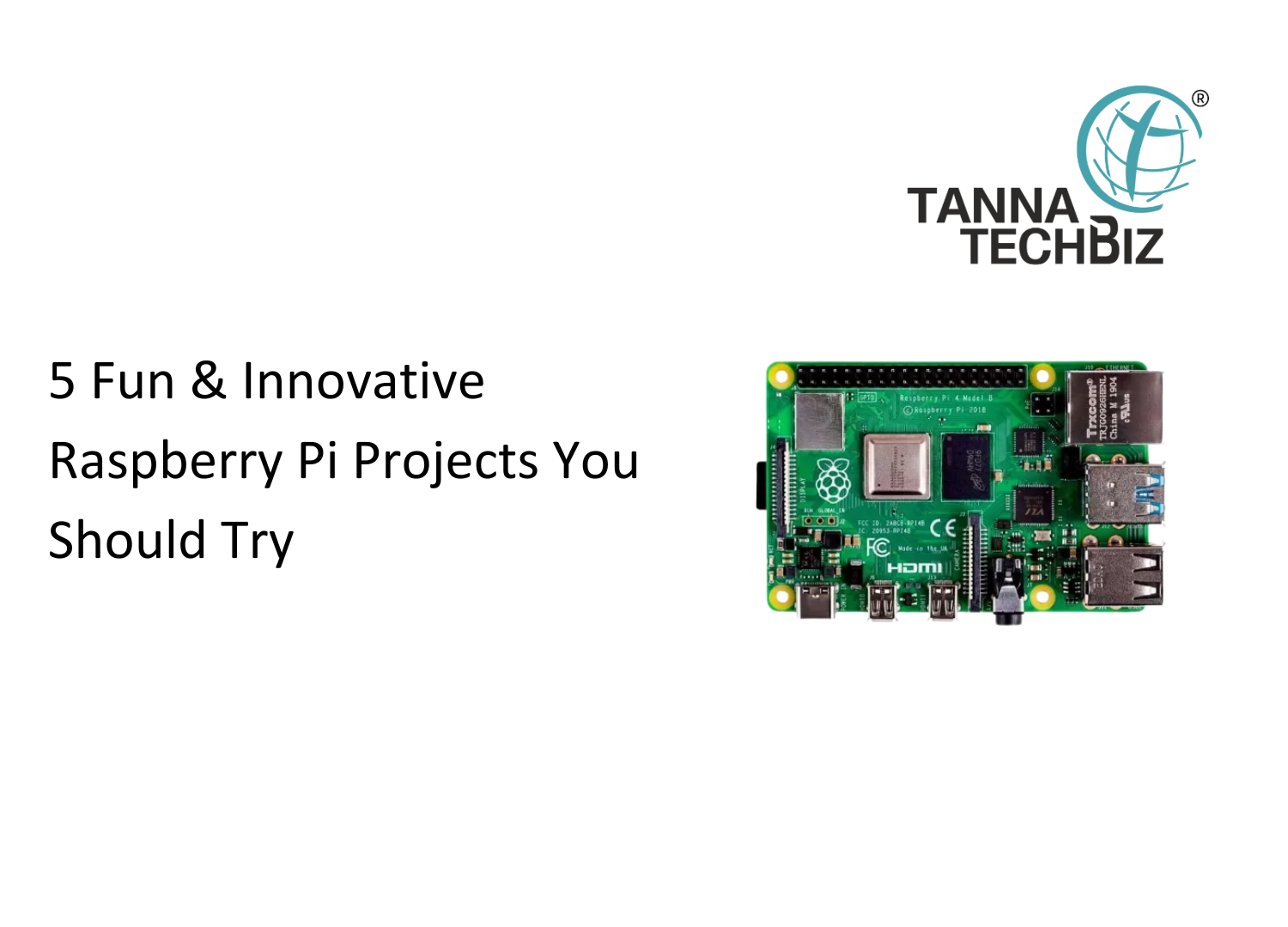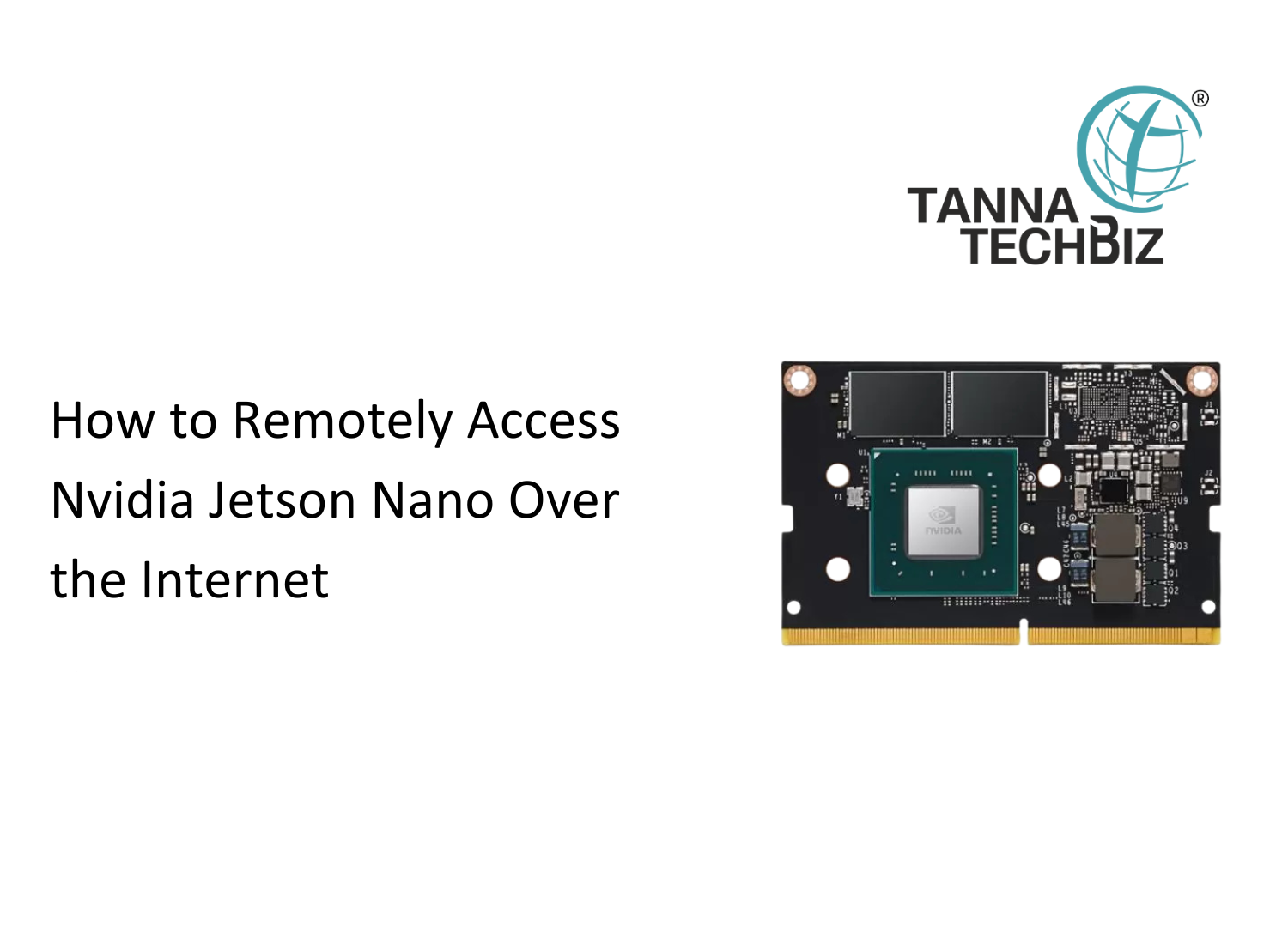Raspberry Pi Alternatives: Top Single-Board Computers in 2025
April 18, 2025 515

Raspberry Pi Alternatives: Top Single-Board Computers in 2025
Single-board computers (SBCs) are gaining popularity in the tech community—students and tinkerers, as well as engineers constructing high-end AI creations. Though the Raspberry Pi remains a steadfast fan favourite, the best single board computer 2025 market has introduced a slew of alternatives with greater power, finer features, and better backing. If you're about to work on a new project and want to see what lies beyond the Pi, here are some strong contenders you should give a try.
Top 5 Raspberry Pi Alternatives
Orange Pi 5: Heavy Lifting
Want top performance? The Orange Pi 5 does the trick with its Rockchip RK3588S processor and a maximum of 32GB LPDDR4 RAM. That's ideal for video processing, AI, and other demanding tasks. It handles 8K video output and has a number of USB 3.0 ports for high-speed connectivity. You can call it a workstation in your palm.
Le Potato: Budget-Friendly and Versatile
The AML-S905X-CC Libre Computer Board, or Le Potato, is a small, low-cost board based on an Amlogic S905X SoC with up to 2GB of DDR3 RAM. It works with most Linux distributions and is perfect for DIY media centres or light server applications.
NVIDIA Jetson Nano: AI's Best Friend
If you're interested in AI or machine learning, the Jetson Nano Developer Kit leads the pack. Equipped with a 128-core Maxwell GPU and 4GB of LPDDR4 RAM, the board is designed for neural networks, robotics, and video analytics. No wonder you see students and robotics teams using it as their go-to in education and robot communities.
ODROID-N2+: Speed Meets Stability
Hosting a server or simulating retro games? The ODROID-N2+ offers an Amlogic S922X processor and up to 4GB DDR4 RAM. Its eMMC storage makes it faster than boards that rely on SD cards. It’s reliable, smooth, and strong on performance.
ASUS Tinker Board S R2.0: Multimedia Marvel
With 2GB LPDDR3 RAM and Rockchip RK3288, the Tinker Board S by ASUS is perfect for multimedia fans. The board supports 4K video playback and is significantly better with GPIO compatibility. You won’t have issues accessing documents, with the active developer network supplying and aiding open to all.
Conclusion
Each of these boards brings something unique to the table. Depending on your project—be it AI development, home automation, or just experimentation—you’ll find a powerful Raspberry Pi alternative that fits your goals in 2025.



